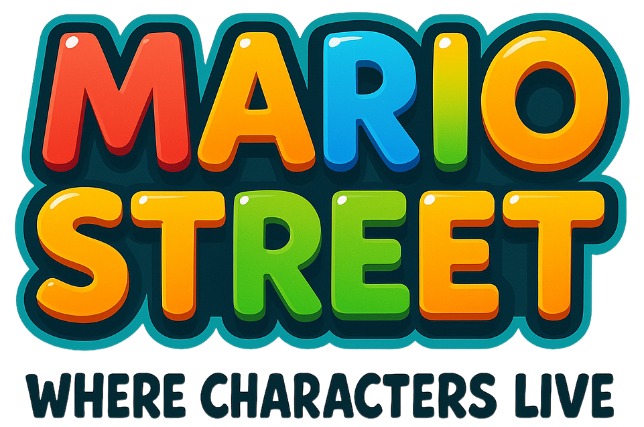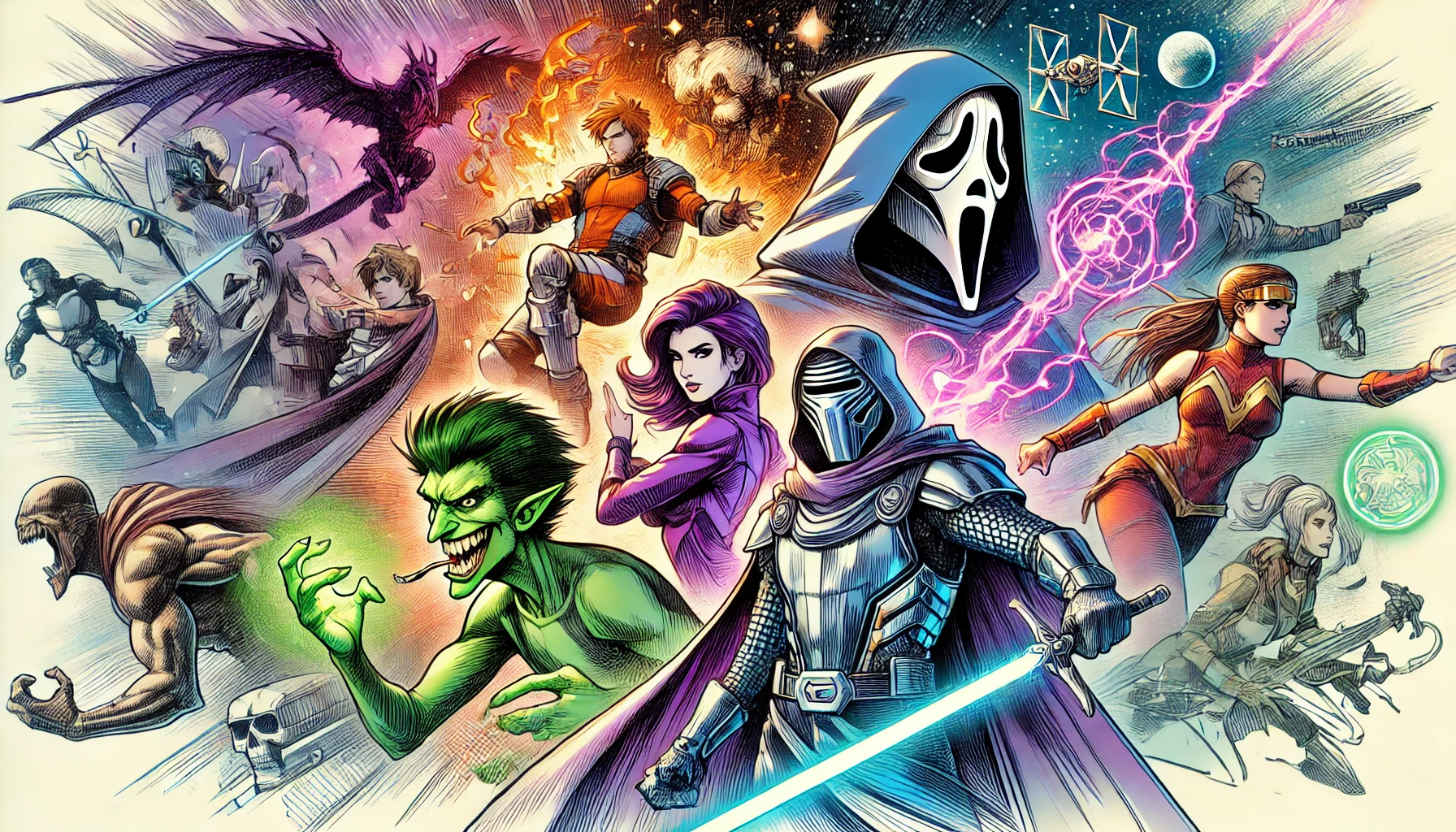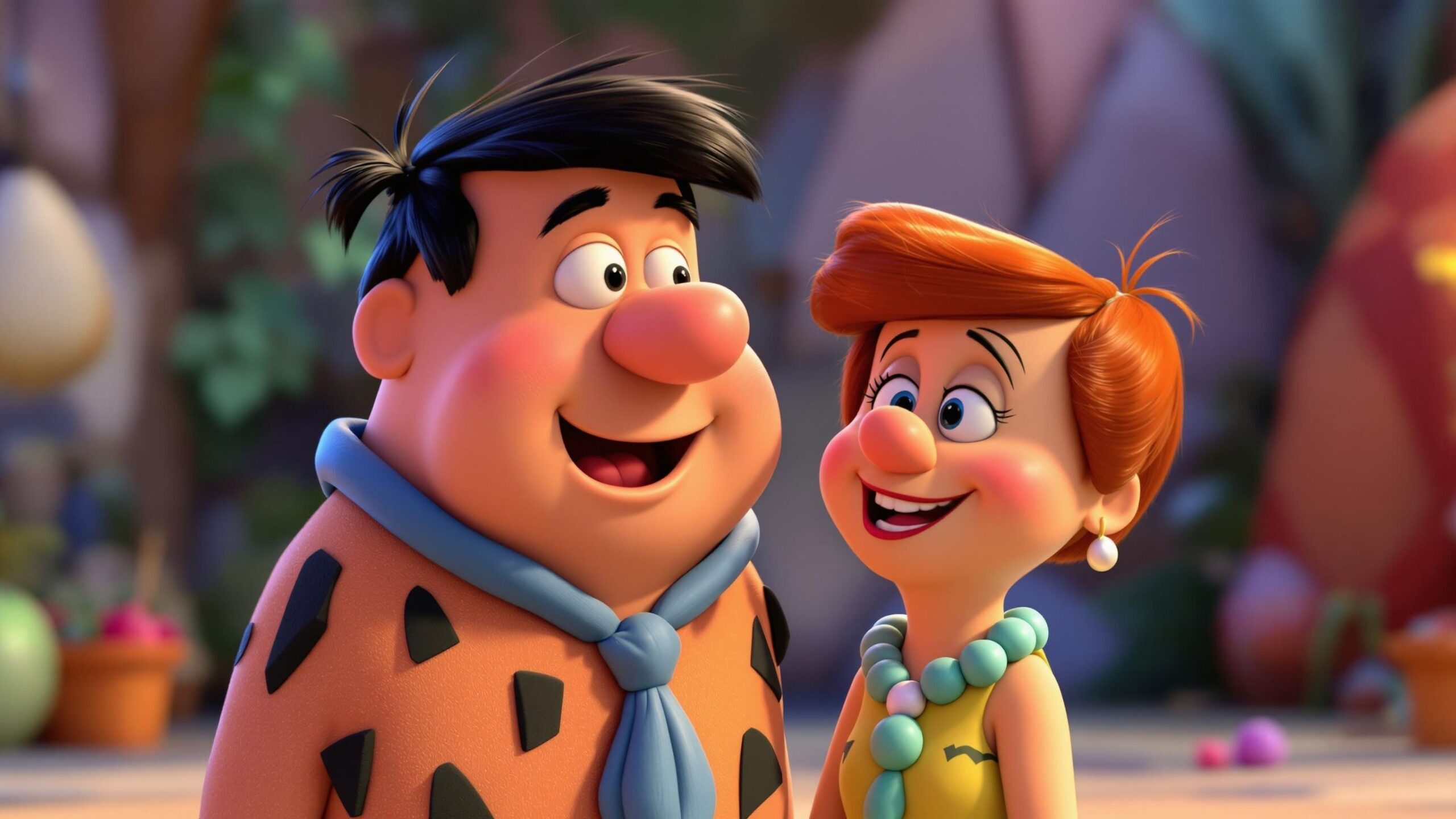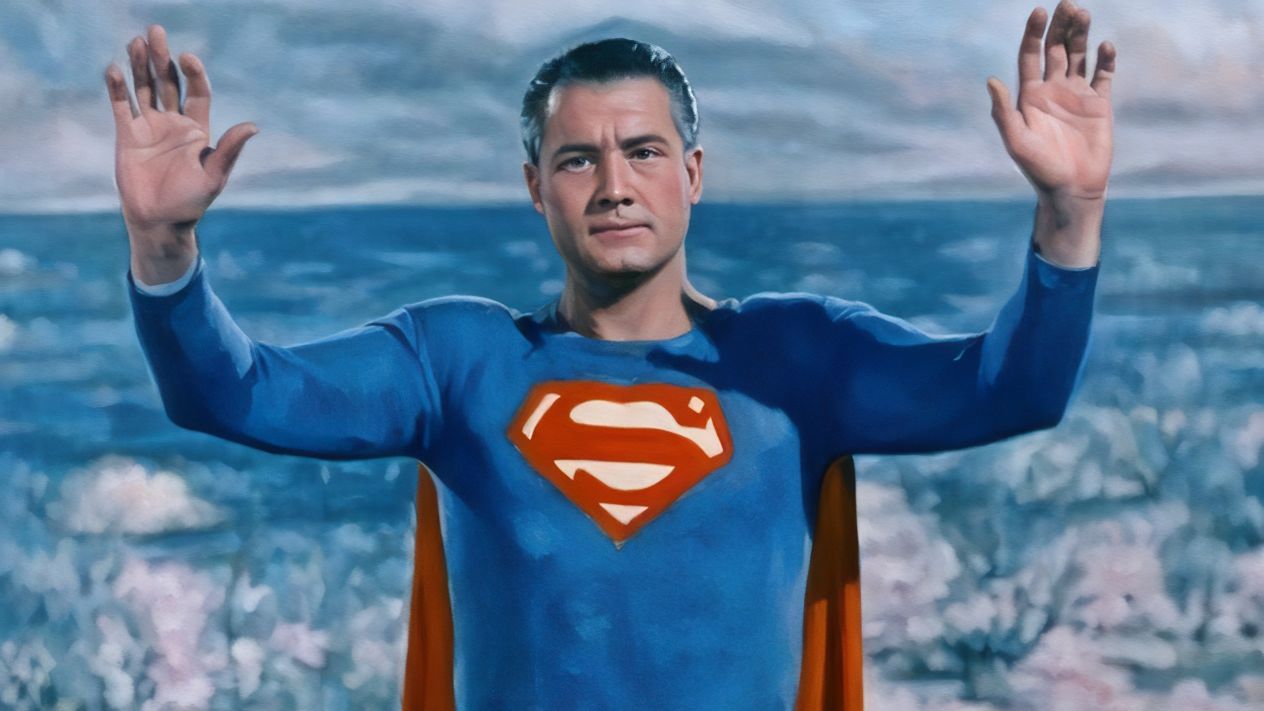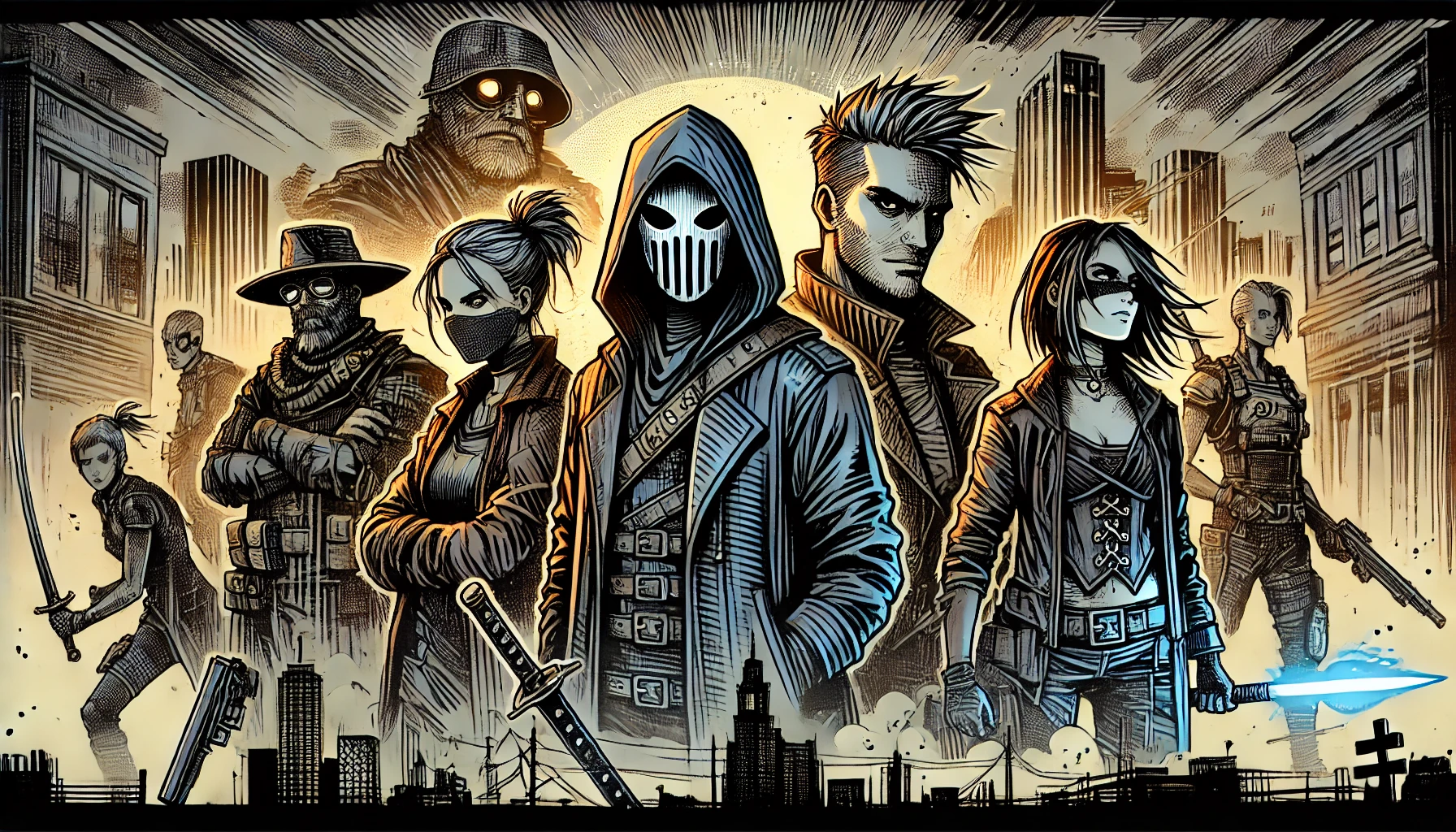The Magic Behind the Mask: Why Characters Matter More Than Ever
Before the special effects, before the theme songs, before the epic battles and sweeping romances—it always starts with a character. That one name, that unforgettable silhouette, that line of dialogue that launches a thousand Halloween costumes and Reddit threads. Characters are the DNA of pop culture. They teach us to dream, to rebel, to laugh, to cry, and sometimes, to fear. They’re the companions of our childhoods, the rivals of our imaginations, and the spark that lights up generations.
In a world bursting with reboots, remakes, and multiverses, it’s not just nostalgia that keeps us coming back—it’s the emotional gravity of the characters themselves. Whether they fly through the sky in capes, haunt us from shadowy corners, or deliver pizza while battling aliens, they’ve become more than fictional—they’re folklore.
This article is a celebration of those characters: the iconic heroes, the unforgettable villains, and the beautifully complex figures who don’t fit neatly into either box. These are the figures who shaped pop culture, redefined storytelling, and captured the hearts of millions across decades.
Capes, Courage, and the Call to Action: The Heroes Who Rose Above
Let’s start with the heroes—the ones who leap into action, risk it all, and carry the weight of the world with nothing but conviction and (sometimes) spandex. But don’t be fooled: being a hero isn’t just about saving cities or defeating space warlords. It’s about choice. The choice to stand up, to do what’s right when it’s hard, to be the symbol someone else needs.
Superman was the first of this breed. Born from a world that no longer existed, raised by simple farmers, he became a god who chooses to be good. He’s the golden standard: faster than a speeding bullet, but slow to judge. Then came Batman, a hero molded by trauma and fueled by justice. No powers, just gadgets, grit, and an unshakeable sense of purpose. He proved you don’t have to be superhuman to be a superhero.
Wonder Woman charged in as a warrior of love and strength, breaking barriers and busting stereotypes. Spider-Man swung in with teenage angst and relatable responsibilities, reminding fans that even the awkward kid next door could wear the mask. These characters weren’t just saving the day—they were redefining it.
Every generation has its caped icon. From the cosmic cool of Captain Marvel to the earnest bravery of Frodo Baggins, from Katniss Everdeen’s fiery rebellion to Aang’s peaceful wisdom—these characters speak to who we want to be, and who we hope we are when it matters most.
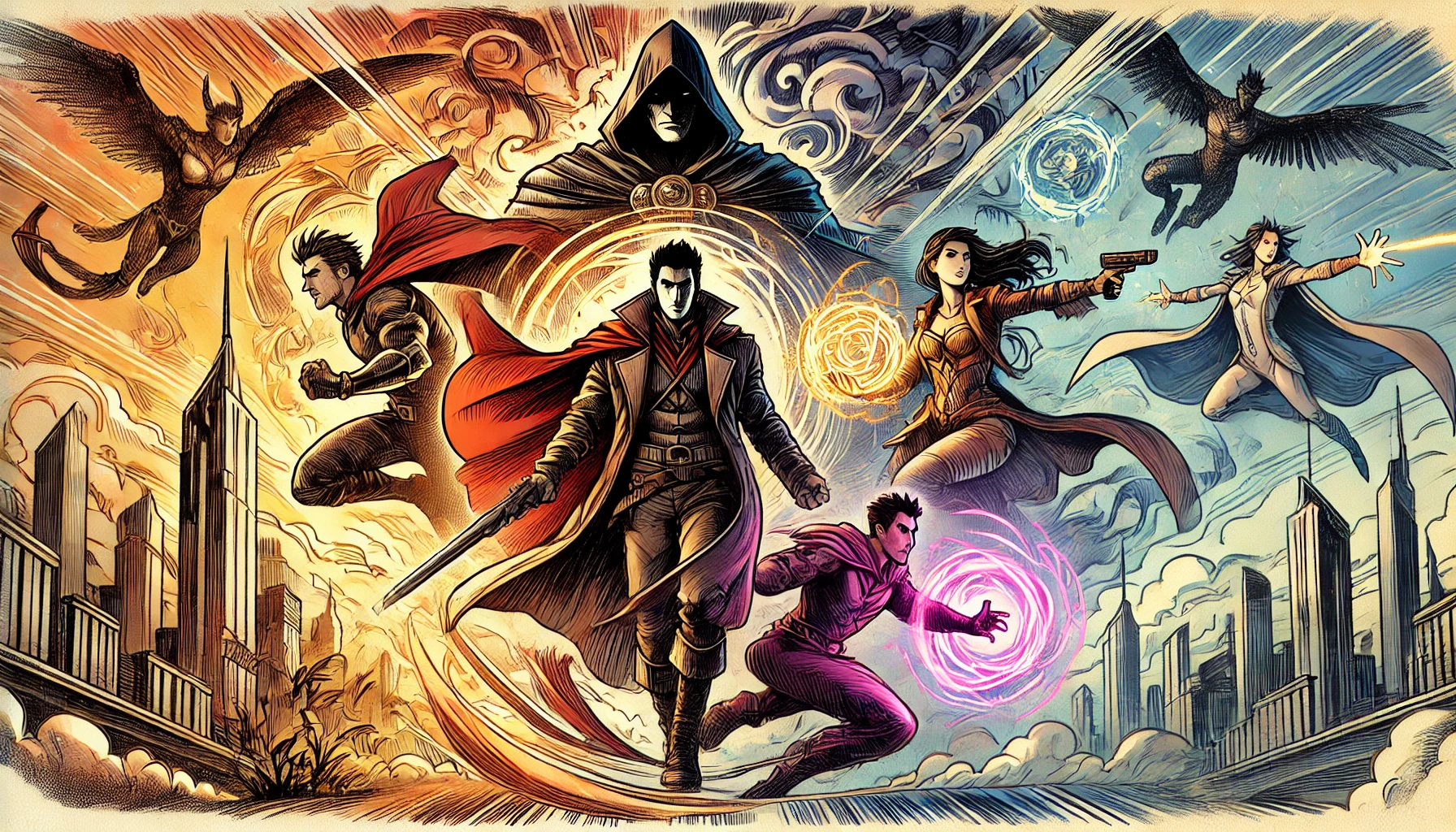
Chaos in a Smile: The Villains Who Stole the Show
Ah, the villains. Deliciously wicked, impossibly stylish, terrifyingly brilliant. Villains have a unique way of grabbing the spotlight. They often get the best lines, the best lairs, and yes—some of the best fan art. But their real power lies in their ability to challenge the heroes—and us.
The Joker is the crown prince of madness. With a twisted grin and a philosophy of chaos, he doesn’t want to kill Batman—he wants to break him. He’s not just evil for evil’s sake—he’s a reflection of what happens when the world stops making sense. And fans are both repulsed and fascinated by him.
Then there’s Darth Vader, the dark force-choking father of the galaxy. His deep, robotic breath is iconic, but it’s his tragic fall from hero to villain—and eventual redemption—that cemented him as a generational icon. He showed us that even the most monstrous figures might still hold a flicker of light.
Villains like Loki blurred the lines entirely. Trickster, god, mischief-maker—Loki is as likely to save the day as he is to ruin it. Magneto fights for mutant supremacy, but with a tragic past that makes his motives painfully understandable. Maleficent, once a one-dimensional fairy tale villain, was reimagined into a misunderstood antihero with a broken heart and a phoenix’s strength.
These villains endure not just because they’re evil, but because they’re layered. They challenge our heroes—and often, our morals. They make us ask the question: if we had their pain, would we still choose good?
The Glorious Grey Area: The Antiheroes, Misfits, and Question Marks
Not every great character wears a cape or twirls a mustache. Some live in the grey—the morally messy, emotionally complex, unpredictable characters who make us think, cringe, cheer, and sometimes scream at our TVs.
Tony Stark is a perfect example. Billionaire, genius, playboy, philanthropist—and a deeply flawed man with a conscience forged in trauma. Fans watched him grow from a selfish weapons dealer to a self-sacrificing hero. He’s not perfect. That’s exactly why he’s powerful.
Walter White from Breaking Bad started as a sympathetic underdog, a man trying to save his family. But as the meth empire grew, so did the darkness—and viewers were forced to confront how far they’d follow him. Is he the villain? The victim? Both?
Jack Sparrow sailed into pop culture not as a traditional hero but as a charming, stumbling pirate with questionable morals and perfect eyeliner. Deadpool redefined superhero storytelling by being crass, chaotic, and surprisingly heartfelt. And then there’s BoJack Horseman, a talking cartoon horse whose depression, selfishness, and attempts at redemption made him one of the most painfully real characters ever drawn.
These characters resonate because they reflect real life: complicated, messy, full of contradictions. They give us permission to be human—and maybe even forgive ourselves along the way.
Animated Icons: When Cartoons Got Real
Cartoons are supposed to be fun and silly, right? Well, tell that to the millions of fans who cried when Mufasa died, or felt a personal connection to a yellow sponge living in a pineapple under the sea.
Animated characters have a way of sneaking past cynicism and speaking straight to the heart. Mickey Mouse, the eternal optimist, gave us a symbol of joy that transcends language. Bugs Bunny’s winks and wisecracks gave voice to rebellion and cleverness. And SpongeBob? He made it okay to be weird, cheerful, and a little too enthusiastic about work.
Then came the Pixar generation—characters like Woody and Buzz who taught us about friendship, change, and letting go. Wall-E showed us love and hope in a world buried in garbage. Inside Out’s Joy and Sadness reminded us that all emotions matter. These weren’t just cartoons—they were emotional blueprints.
Anime gave us another wave of icons: Goku’s relentless drive, Naruto’s determination, Sailor Moon’s heart-powered battles. These characters, though drawn, are as real as any live-action hero in the hearts of fans.
Game On: Pixelated Powerhouses Who Leveled Up
As games evolved from 8-bit blips to cinematic experiences, so did their characters. Mario, with his mustache and mushroom obsession, became gaming’s original superstar. Link’s silent courage carried players across countless Hyrule adventures. Lara Croft shattered expectations (and tomb walls) as gaming’s first major female icon.
But newer characters brought narrative depth. Kratos from God of War began as a rage-fueled destroyer but evolved into a father grappling with legacy. Ellie from The Last of Us was fierce, vulnerable, and unforgettable. Commander Shepard, Geralt of Rivia, Aloy, Master Chief—these aren’t just avatars. They’re emotional conduits, storytelling anchors, and companions through hours of gameplay.
In games, the player doesn’t just watch the journey—they live it. That immersion makes these characters stick with us in powerful ways. We are them—and sometimes, they become a little bit of us.
Characters Who Changed the World Beyond the Screen
Some characters leap beyond the boundaries of their stories to become cultural and social landmarks. Wonder Woman was more than an Amazonian warrior—she became a feminist icon and a symbol of strength for generations. Black Panther’s T’Challa wasn’t just a superhero—he represented dignity, representation, and pride for millions who finally saw themselves on screen as the hero.
Atticus Finch inspired generations with his quiet courage and unwavering belief in justice. Harry Potter sparked a reading revolution. The Teenage Mutant Ninja Turtles made pizza cool and brotherhood powerful. Barbie—yes, Barbie—taught generations of girls they could be astronauts, doctors, or presidents, all while wearing hot pink heels.
Characters shape language, identity, and even real-world movements. They become symbols, memes, mascots, Halloween costumes, and tattoos. They influence how we see ourselves and how we understand others.
The Eternal Fandom: Why These Characters Last Forever
What makes a character timeless? Is it the story they’re in? The actor who plays them? The moment they entered our lives? The truth is, it’s all of that—and something more.
It’s the emotional connection. The spark of recognition. That feeling of “they get me.” It’s when a kid dresses up as their favorite hero not because they want to fly, but because they want to be brave. It’s when someone re-watches a series for the tenth time, just to revisit a character who feels like a friend. It’s the forum debates, the fan fiction, the Reddit threads, the cosplay, the merch, the tears.
Characters live on because we carry them with us. In quotes we whisper to ourselves. In jokes only fans will get. In the ways we choose kindness because we once saw a wizard boy choose the same. They grow as we grow, change as we change, and remind us that even in a world full of chaos, we’re never really alone.
The Final Chapter… Or Is It?
As we scroll through endless streaming options, flip the pages of a new graphic novel, or press “start” on the next adventure, we never stop looking for the next character to love, fear, admire, or become. Heroes will rise, villains will cackle, and somewhere in between, a new legend will emerge—flawed, bold, unforgettable.
These characters aren’t just stories. They’re mirrors, mentors, monsters, and magic. They’re us.
And as long as people crave stories, as long as someone out there asks, “What if?”, the next iconic character is already waiting—just a page, a scene, or a game away.
Lights fade. Cue credits.
But the story? It always continues.
